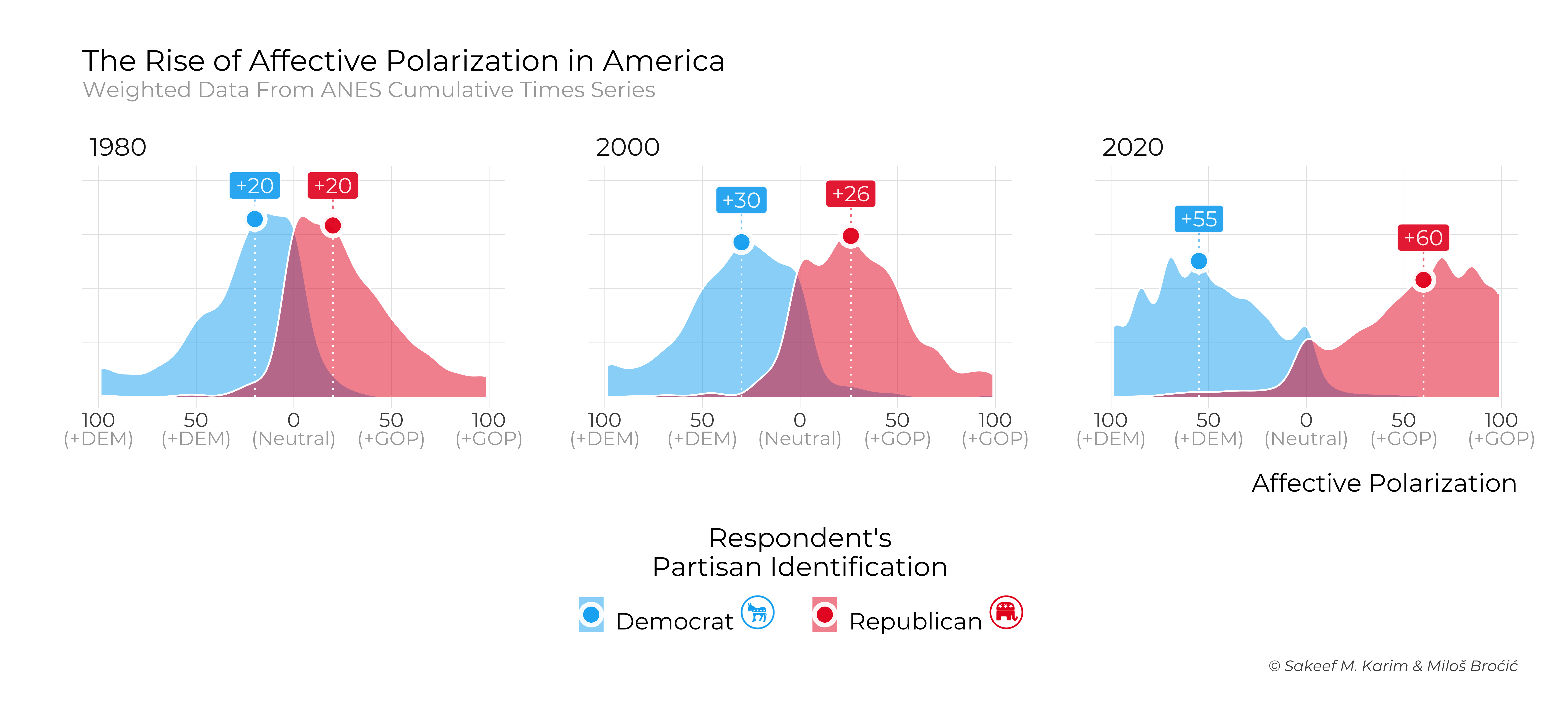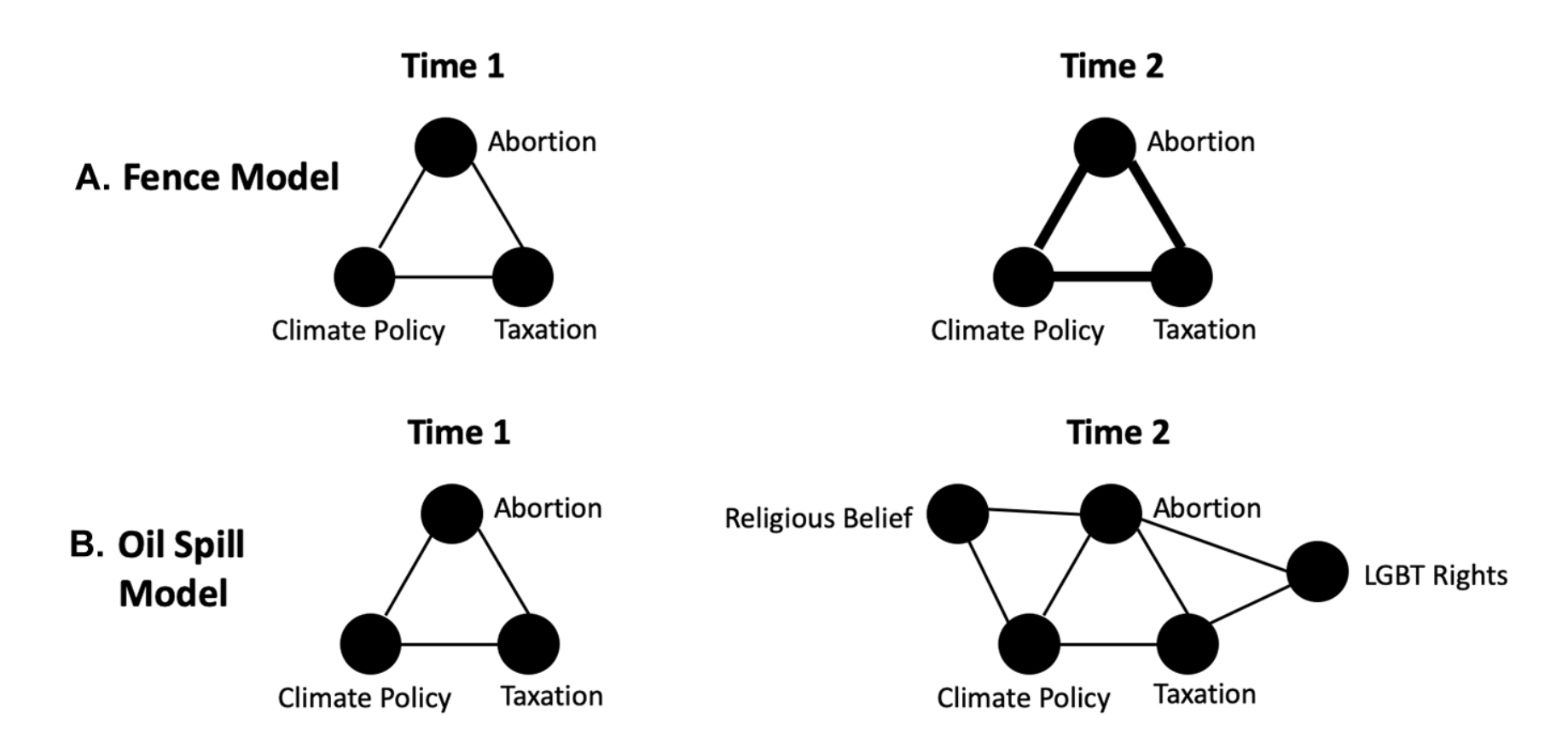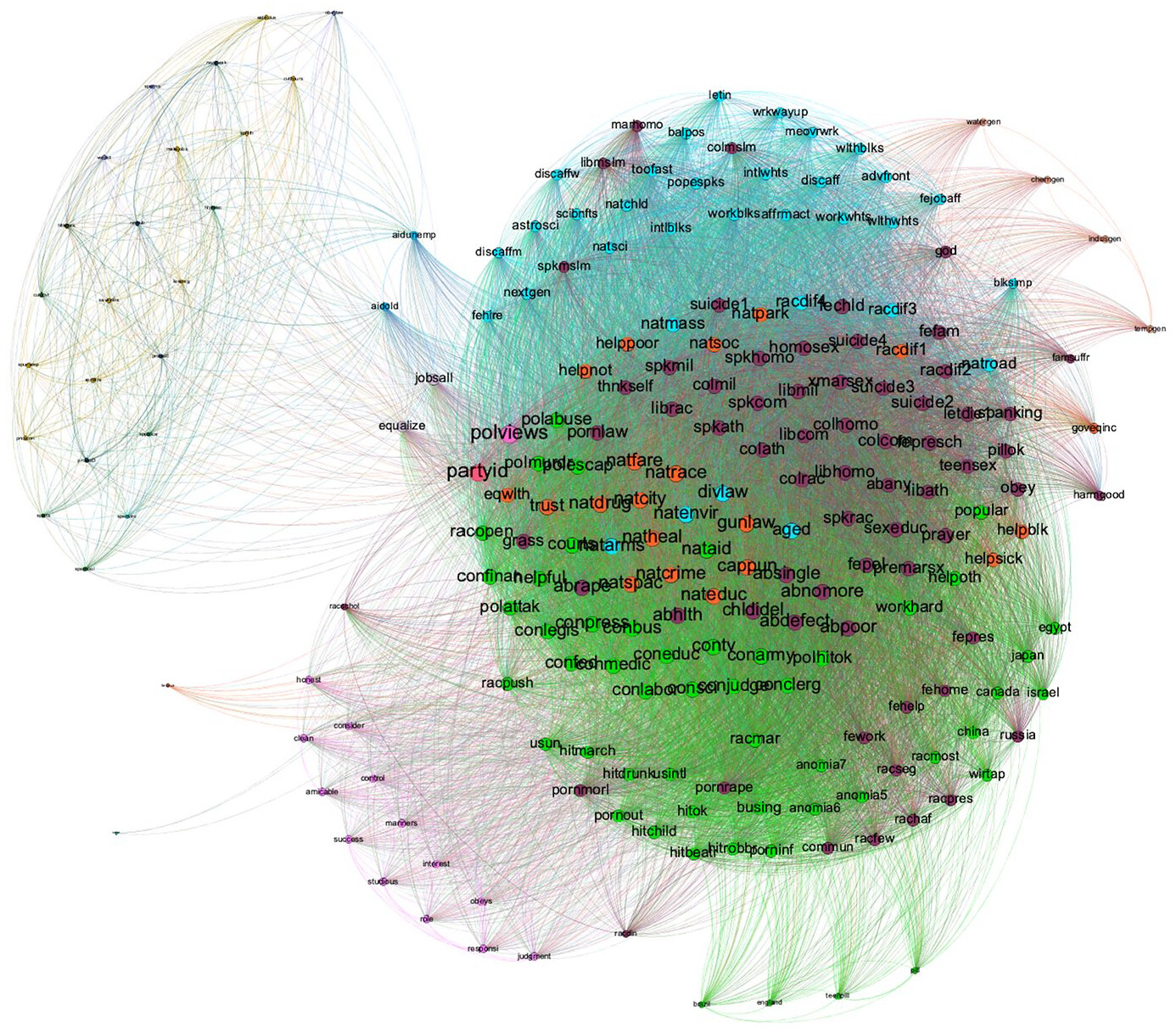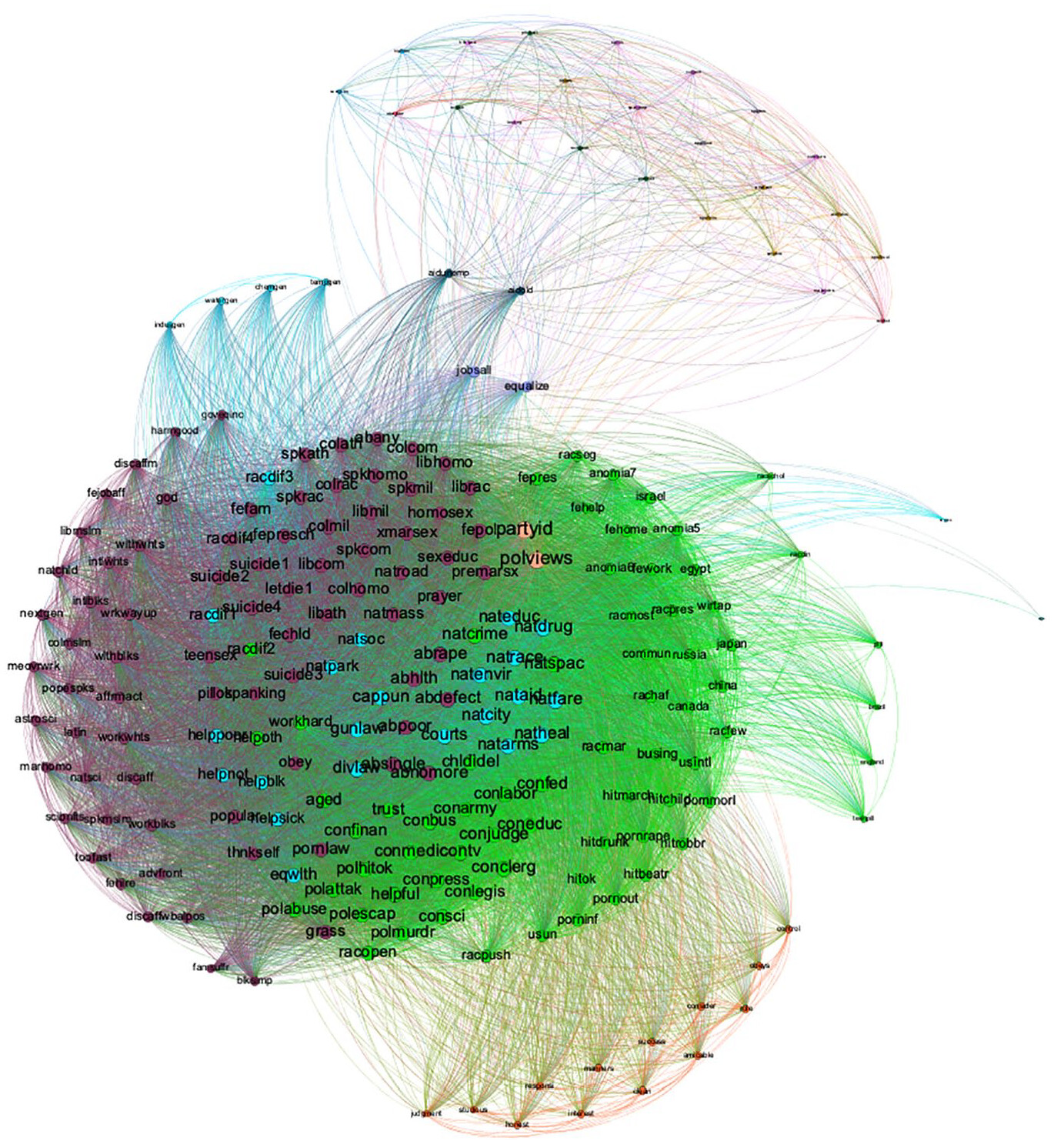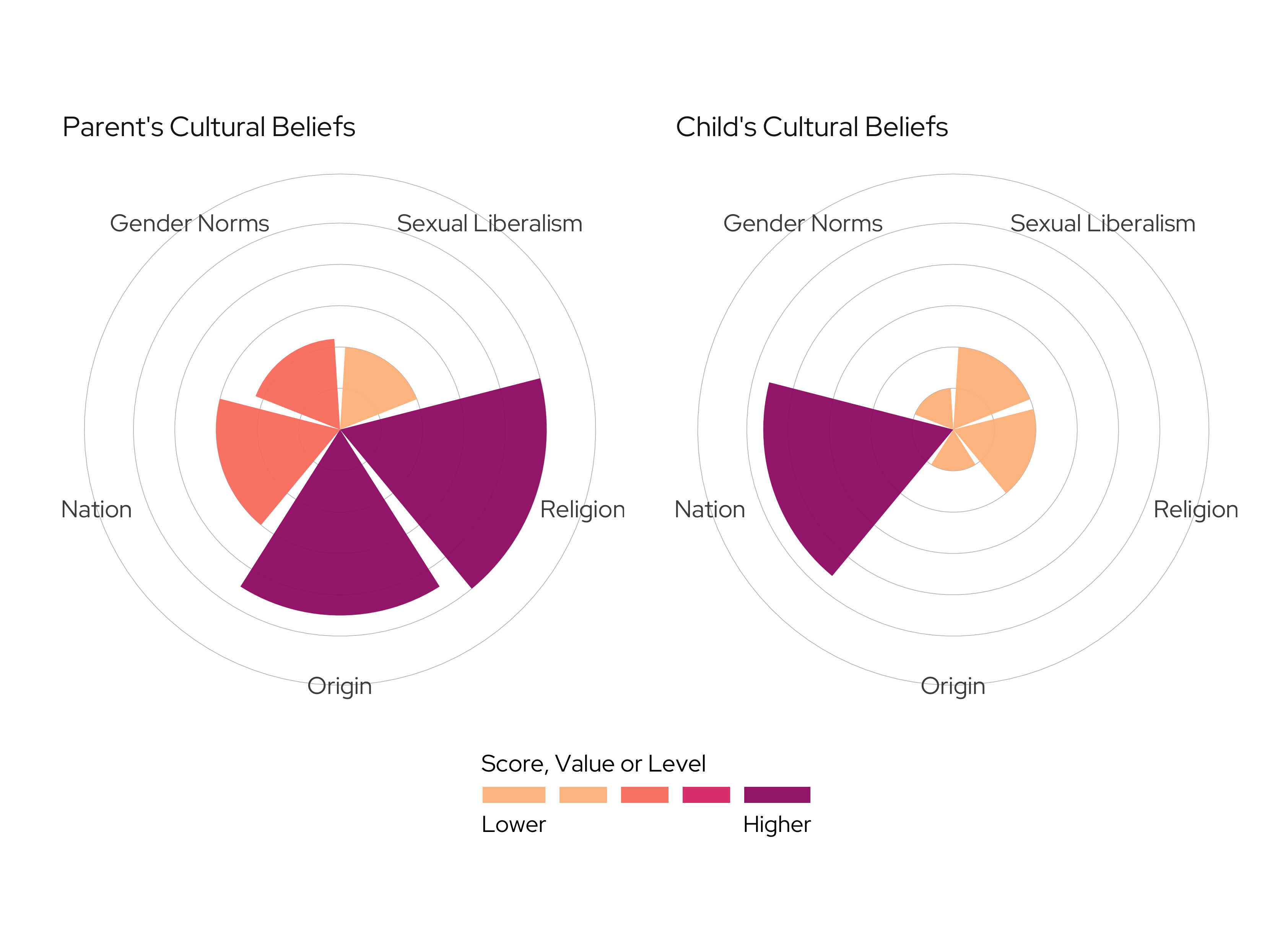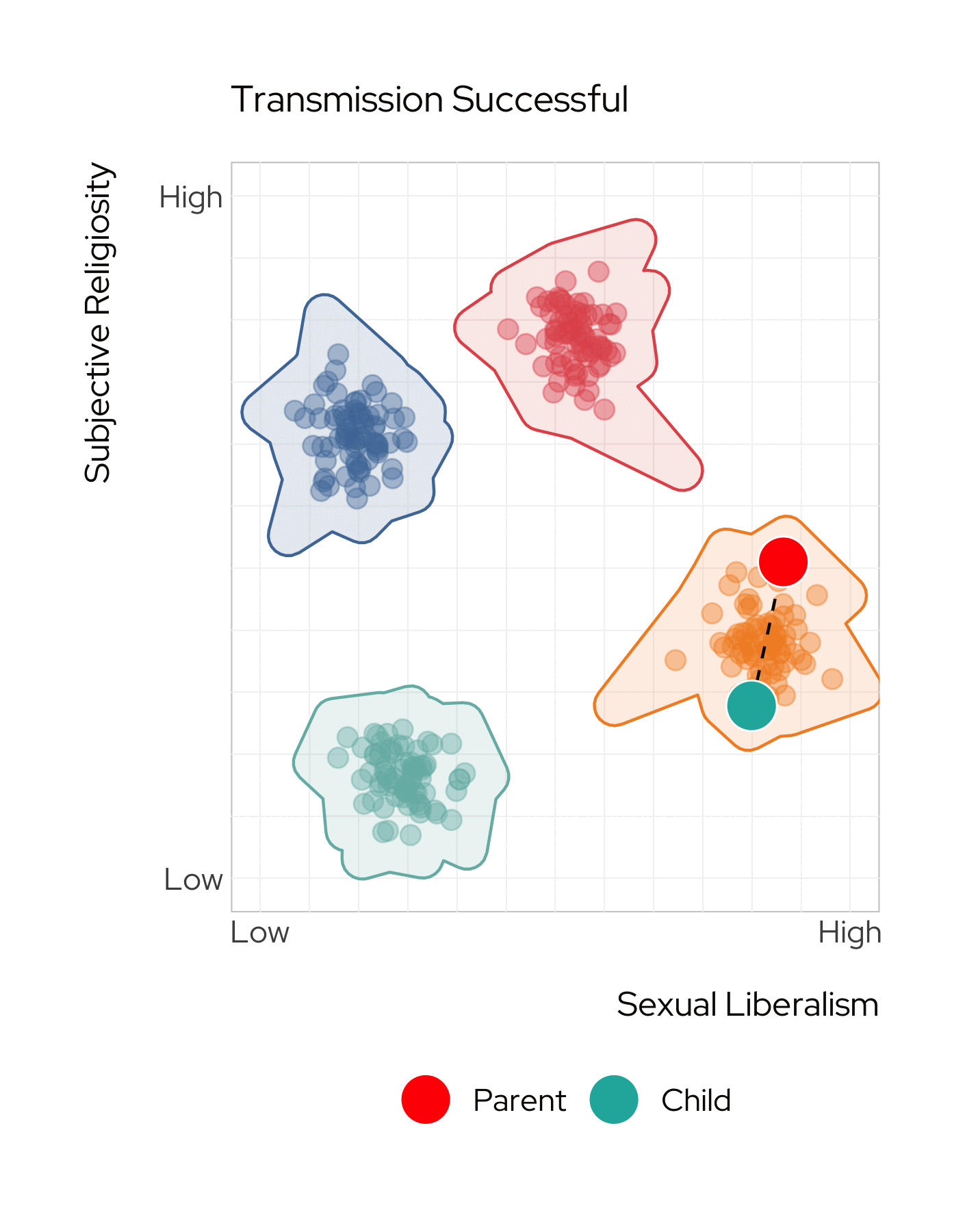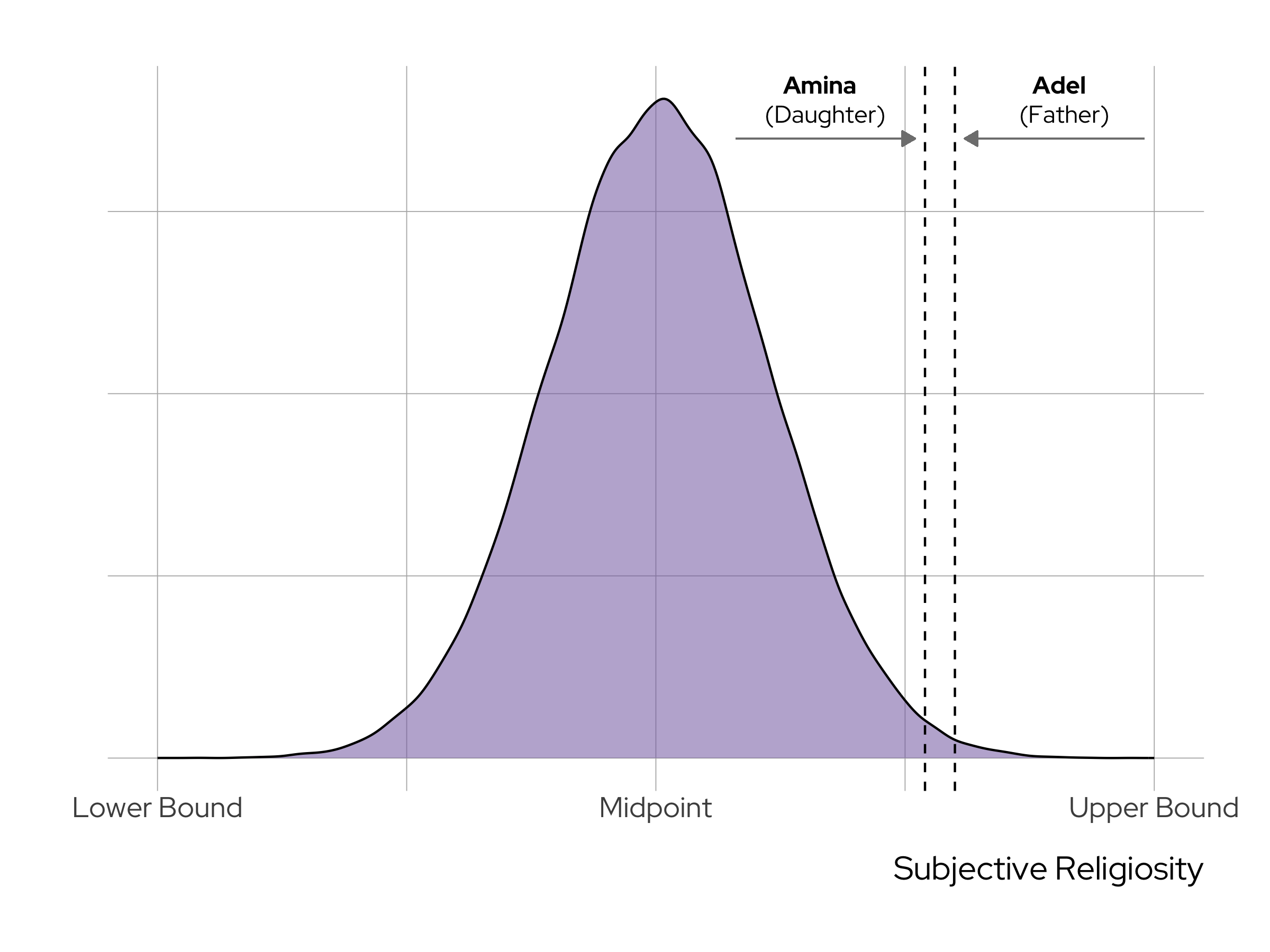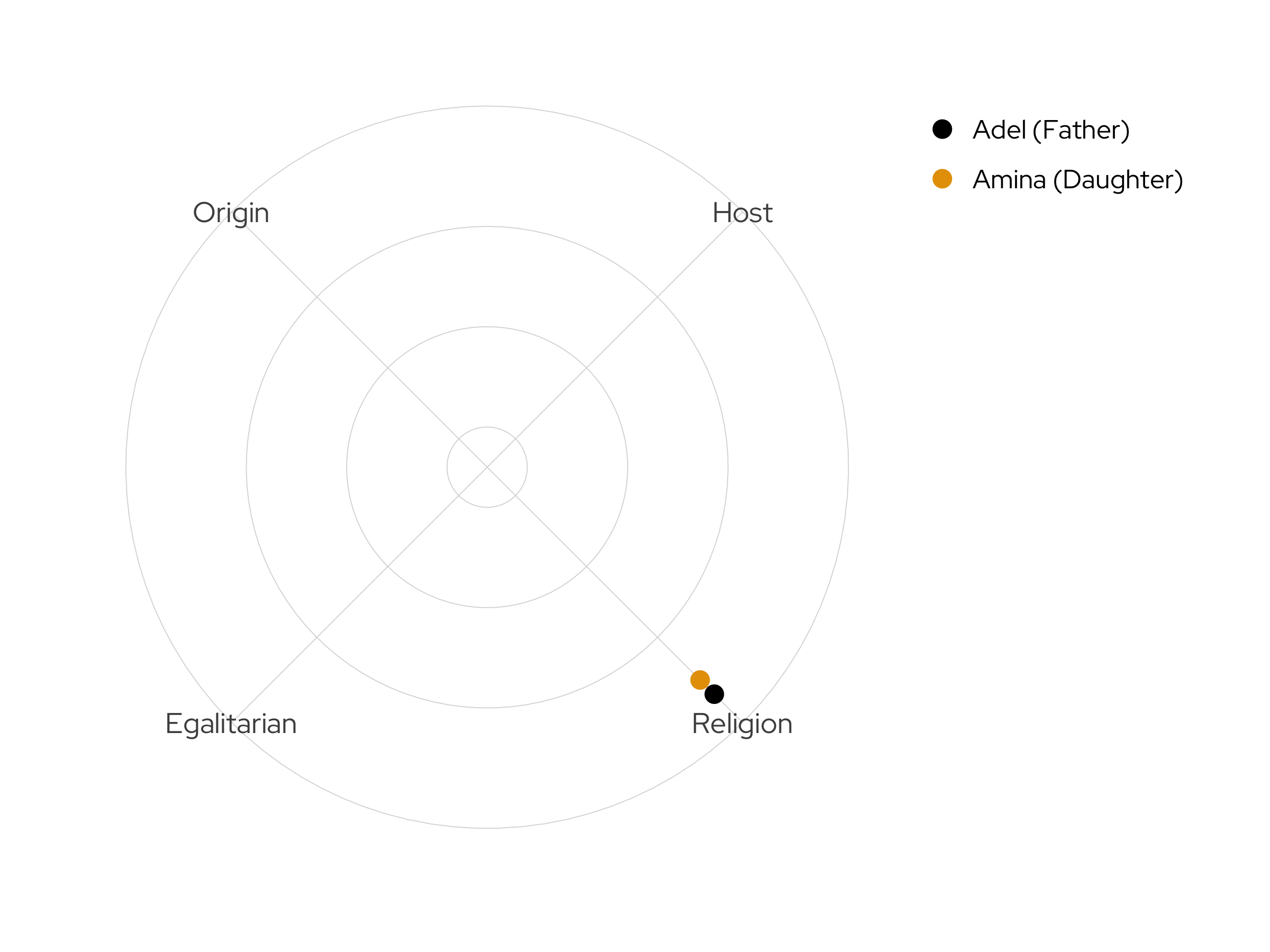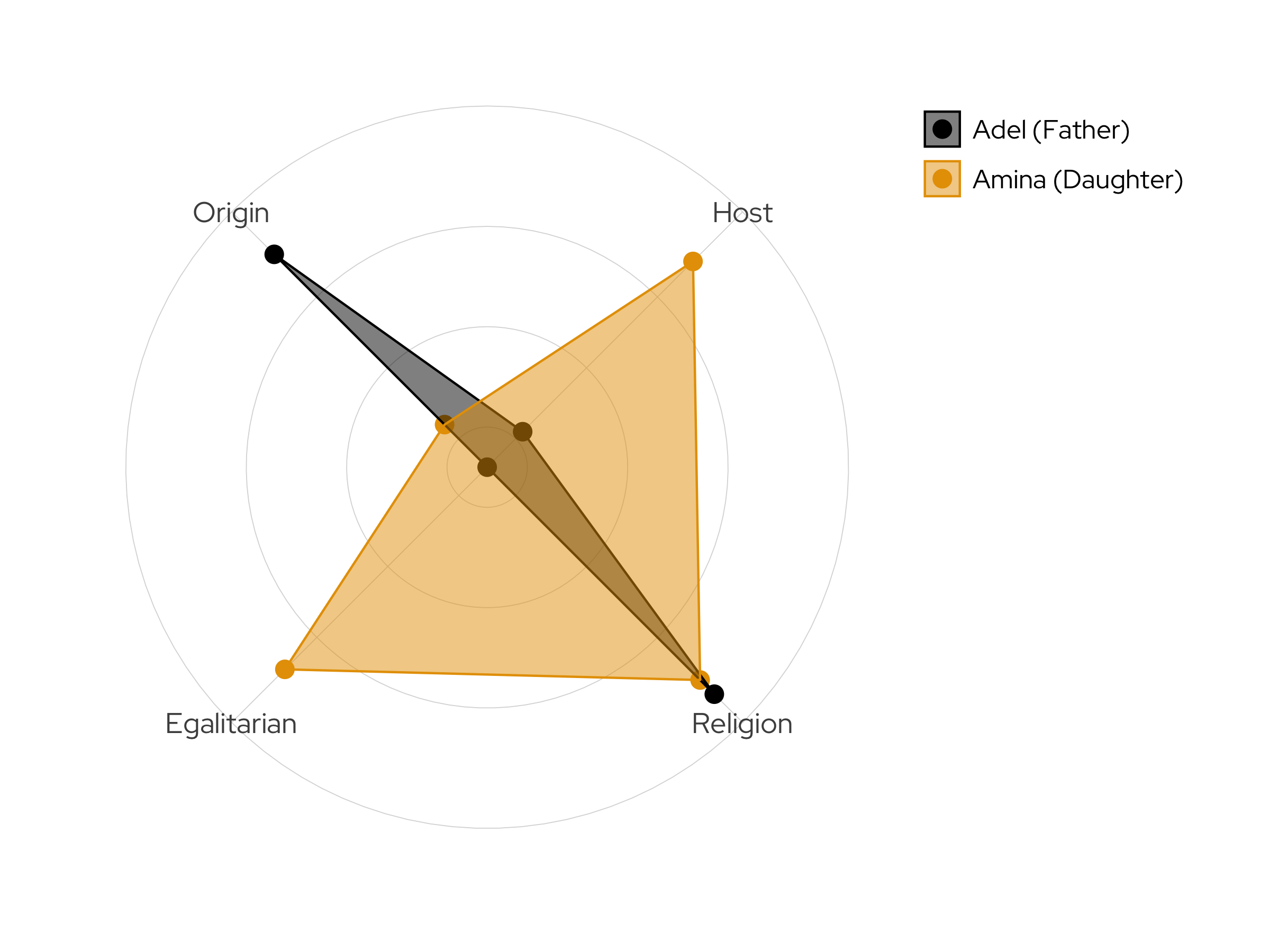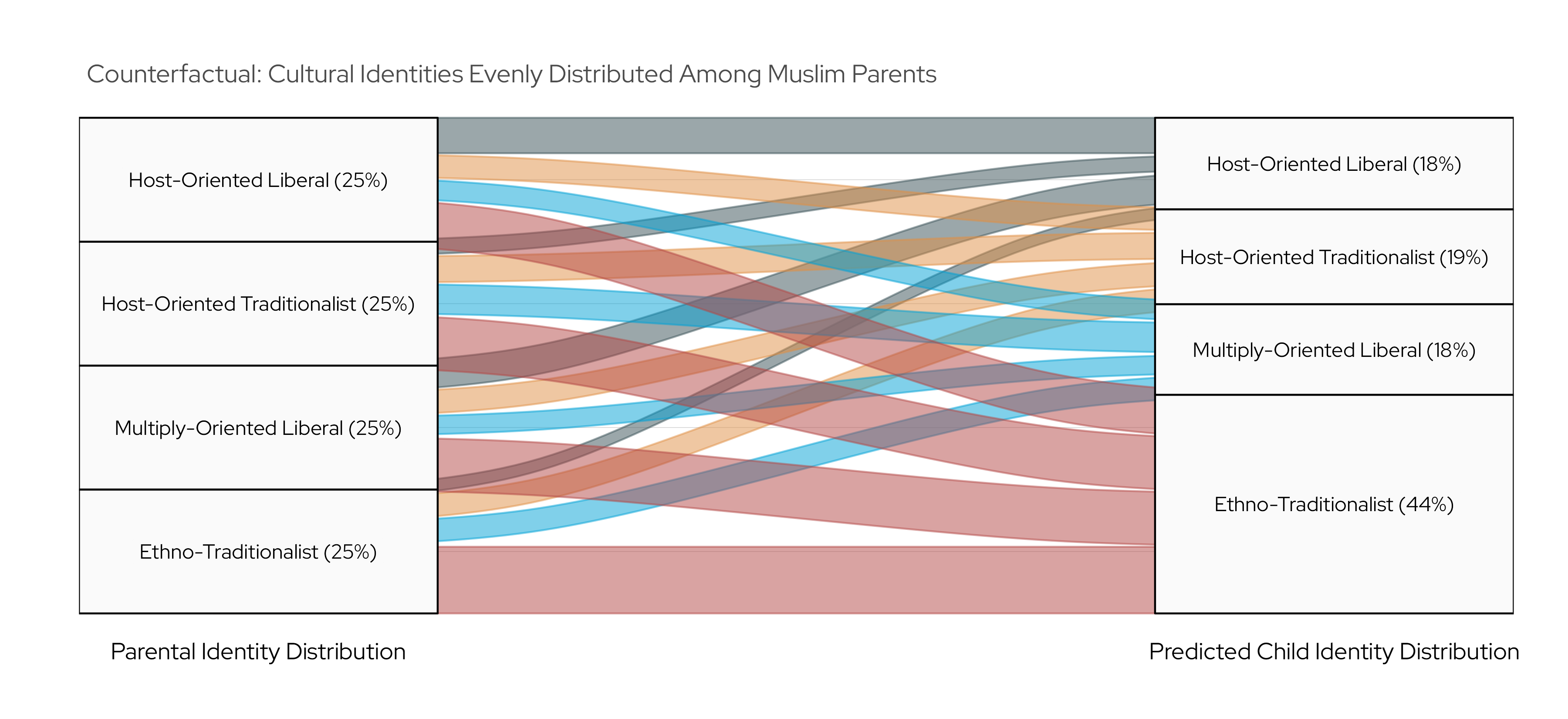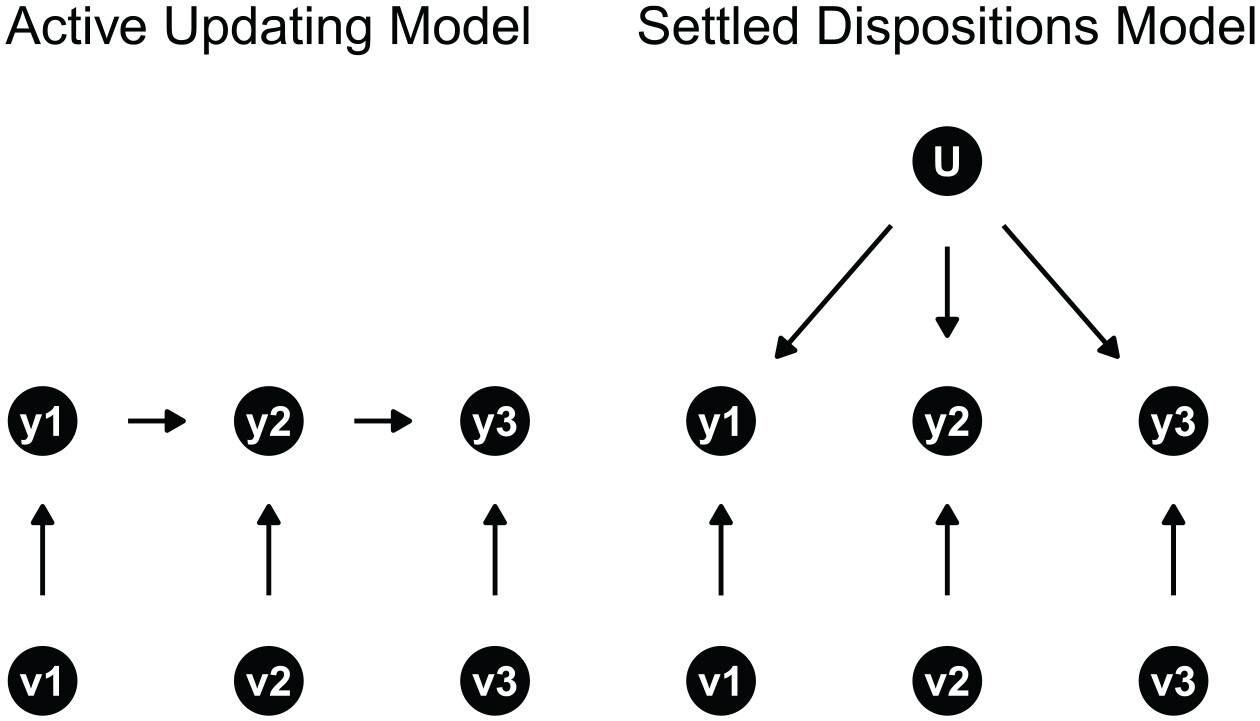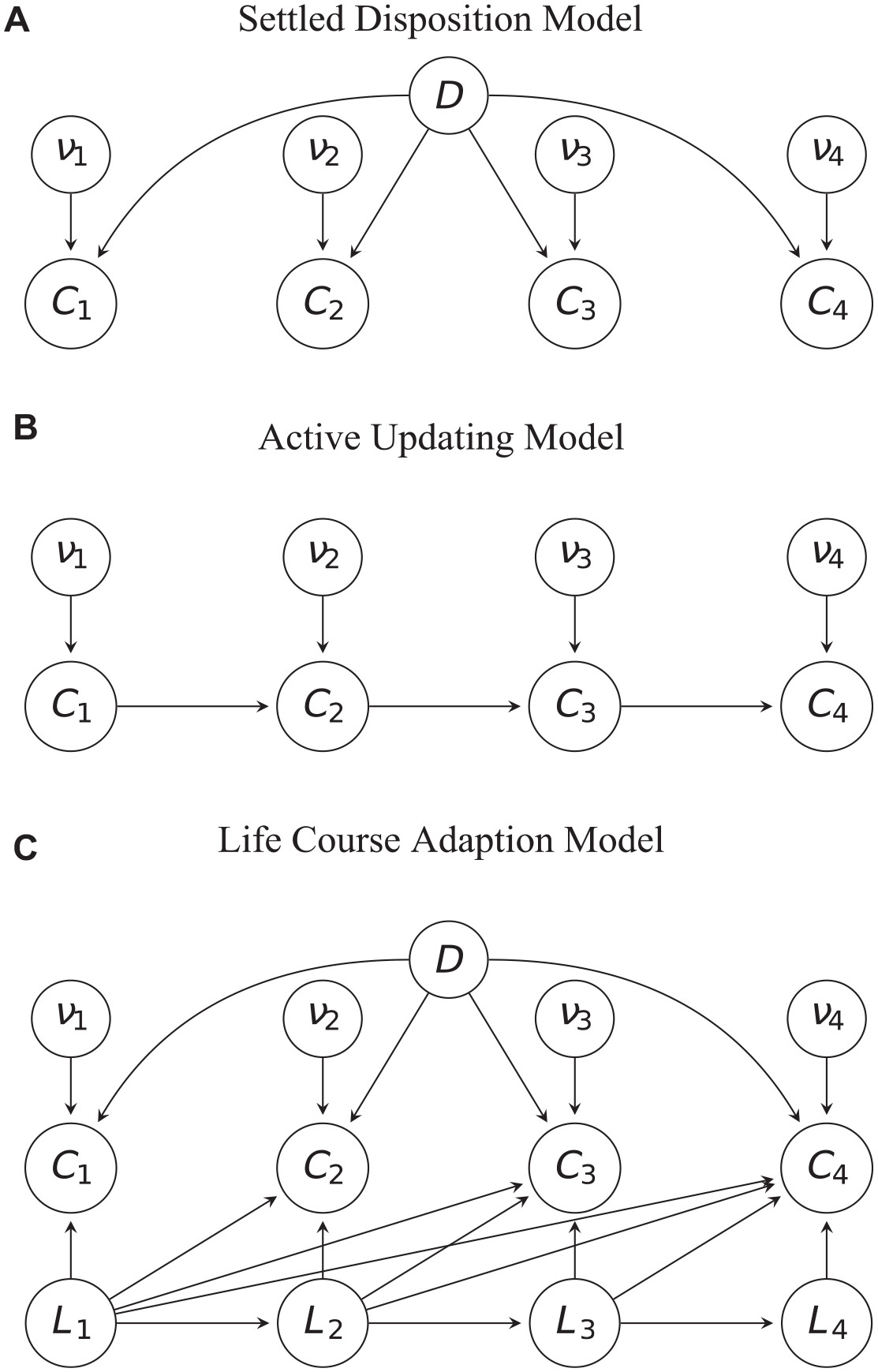Week 9
Culture
SOCI 269
Module II Ends–
March 24th
Measuring Meaning
How would you define culture?
A Related Question
How could you measure cultural phenomena using quantitative tools?The Oil Spill of Polarized Politics in America
Is Polarization Rising?
Karim and Broćić’s The Emerging Diploma Divide in an Affectively Polarized America.
Click image to expand.
Affective Polarization?
A Broad Question
What does affective polarization refer to?A Working Definition
Democrats and Republicans both say that the other party’s members are hypocritical, selfish, and closed-minded, and they are unwilling to socialize across party lines, or even to partner with opponents in a variety of other activities. This phenomenon of animosity between the parties is known as affective polarization.
(Iyengar et al. 2019:130, EMPHASIS ADDED)
Affective Polarization
Okay, why is affective polarization on the rise?
Affective Polarization
Iyengar and colleagues (2019) point to a few possibilities—
Partisan Sorting
Shifting Media Environment
Elite Articulation via Political Campaigns
Network Effects
Ideological Polarization
Is affective polarization epiphenomenal to
ideological polarization?
Ideological Polarization
In the broader public, adherents of the two major political parties have become increasingly distinct, as Democrats have become more consistently liberal and Republicans more reliably conservative … However, although people have become better sorted by party and political ideology, public attitudes on most political issues seem to have remained unpolarized to a remarkable degree … Although knowing someone’s political party or self-described ideology allows us to predict their attitudes with increased accuracy, these attitudes themselves have not become much more strongly aligned with other attitudes, as we would expect in a world of mass polarization … Unlike the political elite, the broader public is composed of large numbers of “ideological innocents” … who espouse cross-cutting and often inconsistent beliefs across political issues.
(DellaPosta 2020:508, EMPHASIS ADDED)
Ideological Polarization
Maybe affective and ideological polarization are unrelated?
Or maybe we’re not mapping the bigger picture.
Group Exercise I
The Oil Spill Model
If people are not necessarily polarized “on the issues,” then how is polarization taking root in American mass opinion?
The Oil Spill Model
In groups of 2-3, form an answer with reference to the following set of images:
Figure 1 from DellaPosta (2020). Click image to expand
GSS Belief Network — 1972 (DellaPosta 2020)
GSS Belief Network — 2016 (DellaPosta 2020)
Figures 4 & 5 from DellaPosta (2020). Click images to expand
The Transmission of Cultural Identity Among Immigrants
Setting the Stage
My paper (cf. Karim 2024) is, in a sense, engaging with “debates” related to the cultural incorporation of Muslims in Europe.
Setting the Stage
In the case of Muslim immigrants in Europe, the causal arrow follows a Weberian trajectory from culture and religious affiliation to relational and socioeconomic outcomes. Parental influences aiming at cultural maintenance and discrimination from natives are the two sides of the predicament faced by the second-generation Muslim youths.
(Drouhot and Nee 2019:188–89, EMPHASIS ADDED)
Setting the Stage
Some (Stylized) Context

Group Exercise II
What Are My Conclusions?
Click and Scroll Through the Following Set of Images
What Are My Conclusions?
In groups of 2-3, discuss how the following
images are related to—
My main arguments or propositions.
My main findings.
The “Midterm” Assignment
A Reminder
“Midterm” Assignment Deadline
Your “midterm” assignments are due by 8:00 PM on Friday, April 4th.
Instructions Are Live
Work Session
For the remainder of today’s session, please work on your next assignment. Before doing so, you may want to move around the room and discuss your research interests with your peers.
Are there any points of convergence? If so, please feel free to join forces for the “midterm” assignment. That said, you are more than welcome to work individually.
Final Substantive Session–
March 26th
Coding Assignment “Solutions”
For Questions 1-3
An Invitation
A Talk by Dr. Julian Go
Title
Policing Empires
Abstract
Click to Expand or Close
In the US and Britain, police bear the weapons and mindsets of armies, manifesting a “militarization” of policing. This lecture by Professor Julian Go offers a historical sociology of police militarization, revealing how, when and why it has occurred. It reveals what we call “police militarization” has been happening since the very founding of modern policing in the nineteenth century.
Date and Time
Location
Cultural Evolution and Stasis
Do People Change?
A Broad Question
In your view, do people change or update their beliefs andcultural orientations over the life course?
Two Competing Models
\begin{equation} y_{it} = y_{it-1} + \nu_{it} \end{equation}
\begin{equation} y_{it} = U_{i} + \nu_{it} \end{equation}
Equations 1 and 2 from Kiley and Vaisey (2020).
Two Competing Models
Figure 1 from Kiley and Vaisey (2020). Click image to expand
Two Competing Models
[W]e see a greater degree of evidence in support of the settled dispositions model. Around 40 percent of all items show no evidence for updating. For items that do show evidence of active updating, the overall rate of persisting change in the population is likely low … For a limited subset of items, there seems to be evidence that younger respondents are updating their views but older respondents are not. This is consistent with a “cohortization” model that views young respondents as susceptible to updating shocks and older respondents as relatively insensitive to such shocks.
(Kiley and Vaisey 2020:496, EMPHASIS ADDED)
Group Exercise III
A Rejoinder
Lersch (2023) challenges these assumptions—i.e., the primacy of the SDM—by introducing the life course adaptation model (LCAM).
A Rejoinder
Group Exercise IV
A Rejoinder to the Rejoinder
Another Work Session
The “Midterm” Paper
Please use the rest of today’s session to
work on your midterm paper!
Enjoy the Weekend
References
Note: Scroll to access the entire bibliography
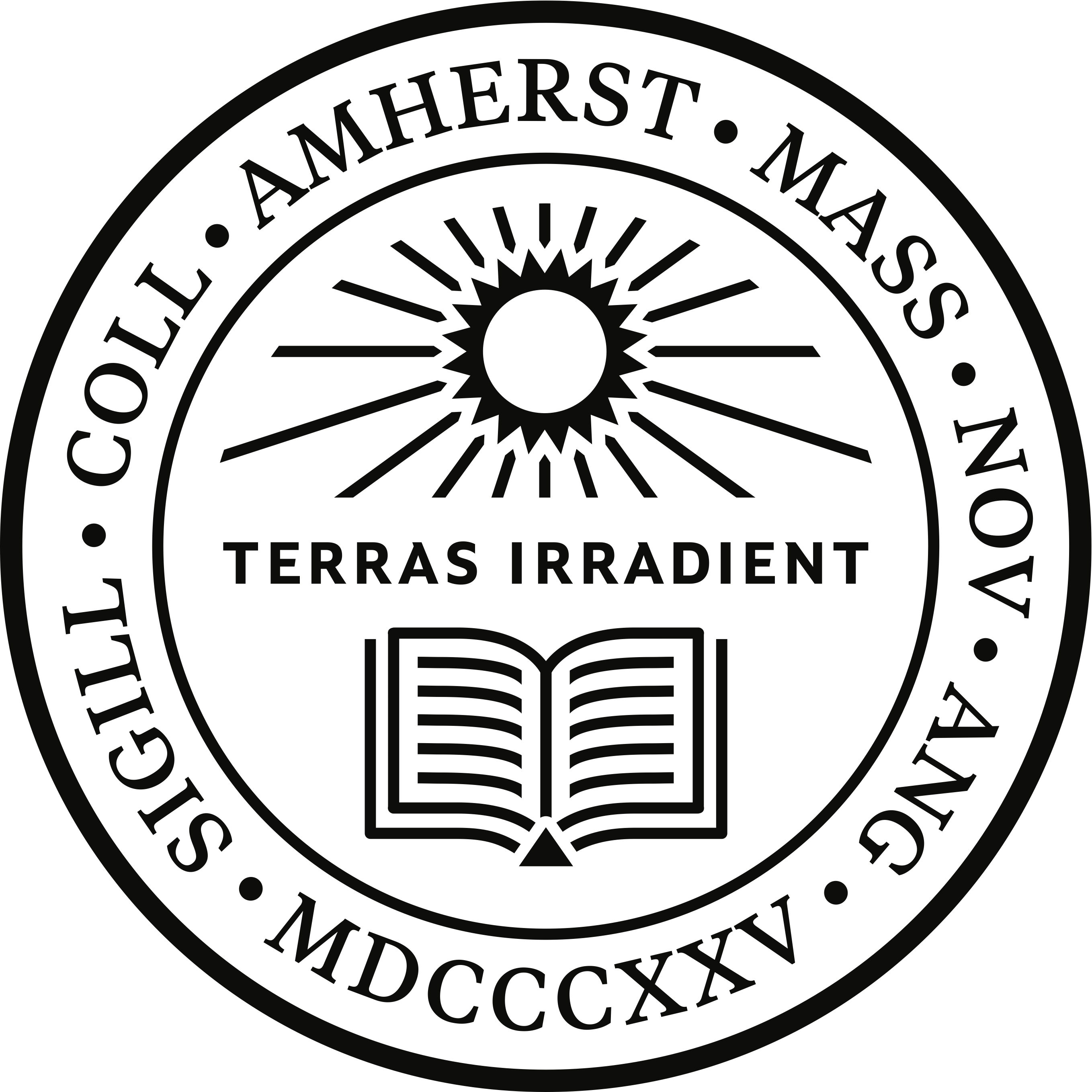
Adaptation of Figure 1 in Karim (2024).
Adaptation of Figure 2 in Karim (2024).
Stylized distribution of factor scores tapping religiosity.
Summary of religious beliefs in hypothetical parent-child dyad.
Summary of cultural beliefs in hypothetical parent-child dyad.
Adaptation of Figure 8 in Karim (2024).
